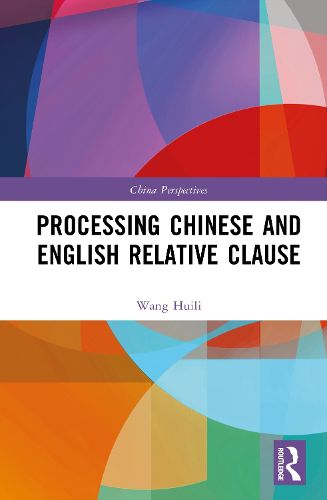Readings Newsletter
Become a Readings Member to make your shopping experience even easier.
Sign in or sign up for free!
You’re not far away from qualifying for FREE standard shipping within Australia
You’ve qualified for FREE standard shipping within Australia
The cart is loading…






Using neurolinguistic analysis and innovative research methods, this book explores the fascinating differences between Chinese and English relative clauses, revealing insights into language processing across cultures.
The book presents a processing model that explains the mechanisms of Chinese and English relative clauses. Drawing on behavioural studies and ERP experiments, it examines the many factors that influence relative clause processing in English and Chinese, including intelligence, language ability, cultural differences, and ERP components such as N400 and P600. It explores how different cultural and philosophical traditions shape relative clause structures.
This book will be an essential reference for linguists, cognitive scientists and language educators interested in cross-cultural language processing. It will also provide valuable insights for researchers studying second language acquisition and professionals developing language learning methodologies.
$9.00 standard shipping within Australia
FREE standard shipping within Australia for orders over $100.00
Express & International shipping calculated at checkout
Using neurolinguistic analysis and innovative research methods, this book explores the fascinating differences between Chinese and English relative clauses, revealing insights into language processing across cultures.
The book presents a processing model that explains the mechanisms of Chinese and English relative clauses. Drawing on behavioural studies and ERP experiments, it examines the many factors that influence relative clause processing in English and Chinese, including intelligence, language ability, cultural differences, and ERP components such as N400 and P600. It explores how different cultural and philosophical traditions shape relative clause structures.
This book will be an essential reference for linguists, cognitive scientists and language educators interested in cross-cultural language processing. It will also provide valuable insights for researchers studying second language acquisition and professionals developing language learning methodologies.